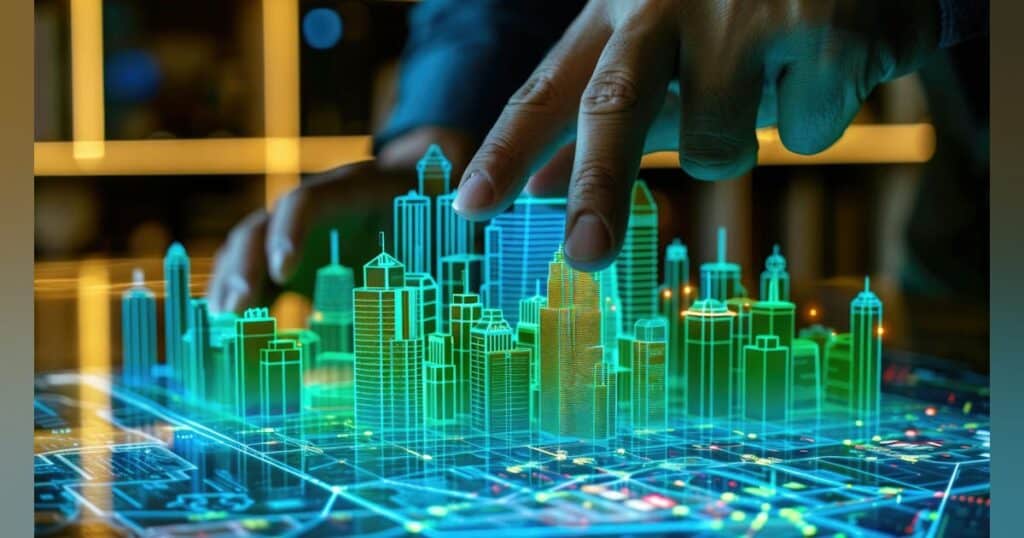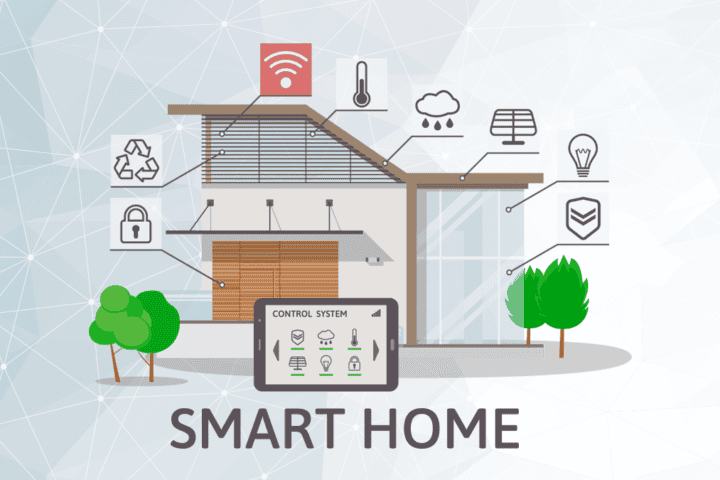Generative AI, including advanced tools like ChatGPT, has the potential to revolutionize the energy industry by addressing critical Energy Skills Gap. As the green energy sector expands rapidly, AI can democratize specialist knowledge, making decades of information on energy design, maintenance, and operations accessible to all workers. This transformative technology can accelerate innovation, improve cross-disciplinary collaboration, and reduce the risk of skill loss due to workforce aging. By leveraging industry-specific Large Language Models (LLMs), AI could help analyze and translate vast amounts of verified energy data, offering custom training materials and insights into critical gaps in the workforce. The ability of LLMs to break down complex knowledge silos and enhance human-machine interactions means that AI can spur the renewable energy transition while ensuring that the next generation of professionals is equipped with the necessary skills. Furthermore, the use of AI-driven data management systems ensures that industry knowledge remains accurate, updated, and readily available for future innovations. With AI’s help, the energy sector can better handle the increasing demand for renewable energy infrastructure and overcome the bottlenecks created by the growing skills gap.

The interesting potential of AI for bridging the gap in green energy skills
Generative Artificial Intelligence (AI), such as ChatGPT, is well known for its ability to boost human creativity by creating realistic variations of existing content, from automatically generated emails to complete books that have been co-authored by machines. Several people are aware, however, that a new paradigm shift in AI could also help close a growing energy skill gap by democratizing decades of knowledge on everything from maintenance to energy design.
Today, vital energy industry knowledge is typically divided and accessible only to specialists. This prevents energy workers from accessing crucial information that could be crucial to improving infrastructure development or improving functional safety. When data is confined within departments, it also impedes cross-disciplinary collaboration and breeds one-dimensional teams. Crucially, critical skills held by a handful of workers can be lost forever to retirements or layoffs, exacerbating skills shortages.
Generative AI then has the potential to translate specialist information for public human consumption, democratizing skills across the energy industry, in the same way that programming languages once did for individual instructions for machines. AI could spur innovation and supercharge the transition to alternative energy by quickly synthesising, summarising, and translating millions of records for human consumption and extracting novel insights from them.
The skills bottleneck in the energy transition
More new renewable energy capacity will be added in the following five years than the preceding 100, indicating a significant increase in demand for energy infrastructure. This is occurring in addition to the rising demand for low-carbon fuels, which is expected to see a rise in LNG projects and atomic power construction.
However, a previously untapped energy skills gap is preventing the boom in new energy projects. This is fueled by a great storm of an aging workforce, increased demand for fresh skillsets to support digitalization and decarbonization, and a misalignment between conventional energy education and the skills required for new energy.
There is a pressing need for energy professionals to be quickly trained in the energy systems of the future in order to preserve and pass it on to a new generation. Recent advancements in Large Language Models (LLMs) have the potential to help tackle these skill bottlenecks and democratize energy knowledge and skills.
The emerging paradigm in human-computer relations
Over time, human-machine interactions have undergone a number of paradigm shifts, starting with the days when machine instructions were translated into paper punch cards and the development of voice user interfaces. LLMs represent a similar, paradigm-shifting evolution that could allow humans to translate complicated data back into terms of game. These innovations enable machines to turn large amounts of complex data into human-like text in any format or language, transforming human-machine interactions from one-way commands into two-way conversations. This has the ability to transform knowledge into a resource that is visible to all workers, breaking down knowledge silos.
Crucially, some of the risks associated with AI are presently being overcome. While platforms like ChatGPT have suffered errors and uncertain data as a result of their training using internet data without conducting quality checks, industry-specific LLMs are altering the equation. LLMs can now be trained on credible, industry-specific data such as verified energy safety records, operational best practices and regulations. They can then quickly synthesize and summarize this information to create custom, multicultural training materials using the most recent research, guidelines, and best practices.
LLMs could also look through records to find the biggest skills gaps and gaps in an organization and accumulate the primary expertise in those areas, helping both to identify and close the energy skills gap. AIs may also make in-depth recommendations for novel new training techniques or improvements to everything from design to operation in the future.
LLMs can even encourage cross-departmental knowledge sharing and help build a more comprehensive workforce due to their ability to quickly amalgamate and convert millions of records for animal consumption. Employees would have access to a lot of mental resources thanks to this, which would provide crucial fresh insights into everything from energy operations to design.
For instance, workers could ask an LLM to identify and explain the three design flaws that have plagued wind farms since they were initially constructed, thereby enabling the development of intelligent wind designs for the future. Additionally, employees could approach an LLM to find popular issues affecting each battery type in order to help reduce battery usage.
As well as making information more broadly available, AI could even democratise innovation itself. By deriving fresh innovations from patterns in existing data, LLMs could, in the future, auto-generate project templates or perhaps infrastructure designs.
Data is the key
The success of AI technologies, nevertheless, depends on a number of factors. The success of the project depends on ensuring the availability and quality of industry data. Engineering information management systems that are now widely used in the energy sector can now automate procedures like version control and impose strict document management standards, such as sending reminders of documents that are premature.
For instance, engineering information management systems then make it possible to access all data using tag-centric search capabilities and a key electronic environment with a total audit trail of all changes. More ensuring the data integrity required for LLMs are programmed revision control and automatic version histories of all changes. These systems work together to clean up and preserve energy industry data for upcoming Artificial applications.
This could transform industry expertise and skills into a resource that can be made available to all novel workers. The resulting democratization of information could transform workforce training, “level up” organizational knowledge, and unify some of the biggest skills bottlenecks in the energy transition. Additionally, it provides the catalyst for the energy transition itself by enabling the sector to utilize all of its enormous data resources.












